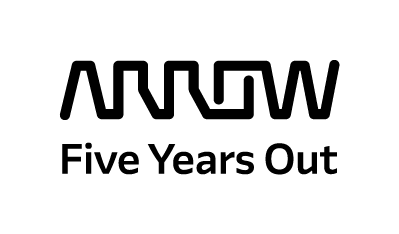Enjoying a Longer Life – Another Avenue to Asset Longevity
A Blog By Carol Baroudi

As featured on the Arrow Value Recovery Blog
Not all technology upgrades and replacements are voluntary. When organizations build entire systems around specific hardware – which is often the case – they create intrinsic risk. What if the systems they rely on break and the components needed to repair them no longer are available? It’s not so uncommon for well-designed applications to become integral to an organization’s functioning often decades past when the architects envisioned. As manufacturers market new products, support for older products wanes.
Organizations often feel forced to replace complete systems with new systems. This not only launches a new cycle of reliance but also creates ripples – or tsunamis – throughout the office. Budgets, sustainability and productivity all take their hits. New systems often require new integration, and applications require adaptation.
Does it always have to be this way?
The risk posed by obsolete electronic components – when components become unavailable from their original manufacturing source for any number of reasons – often goes undetected and is a threat that can undermine entire operations. I’m very excited by the initiative being offered by Converge, an Arrow company. The Future of Obsolescence Management (FOM) program works to identify these risks and constructs proactive solutions, safeguarding systems’ viability long past what the market itself provides.
If you’d like to learn more about obsolescence management, you can follow the new blog series from EMEA director Rob Picken. If you know you have systems at risk, drop me a line at cbaroudi@arrow.com and I’ll put you in touch with folks ready to help.

